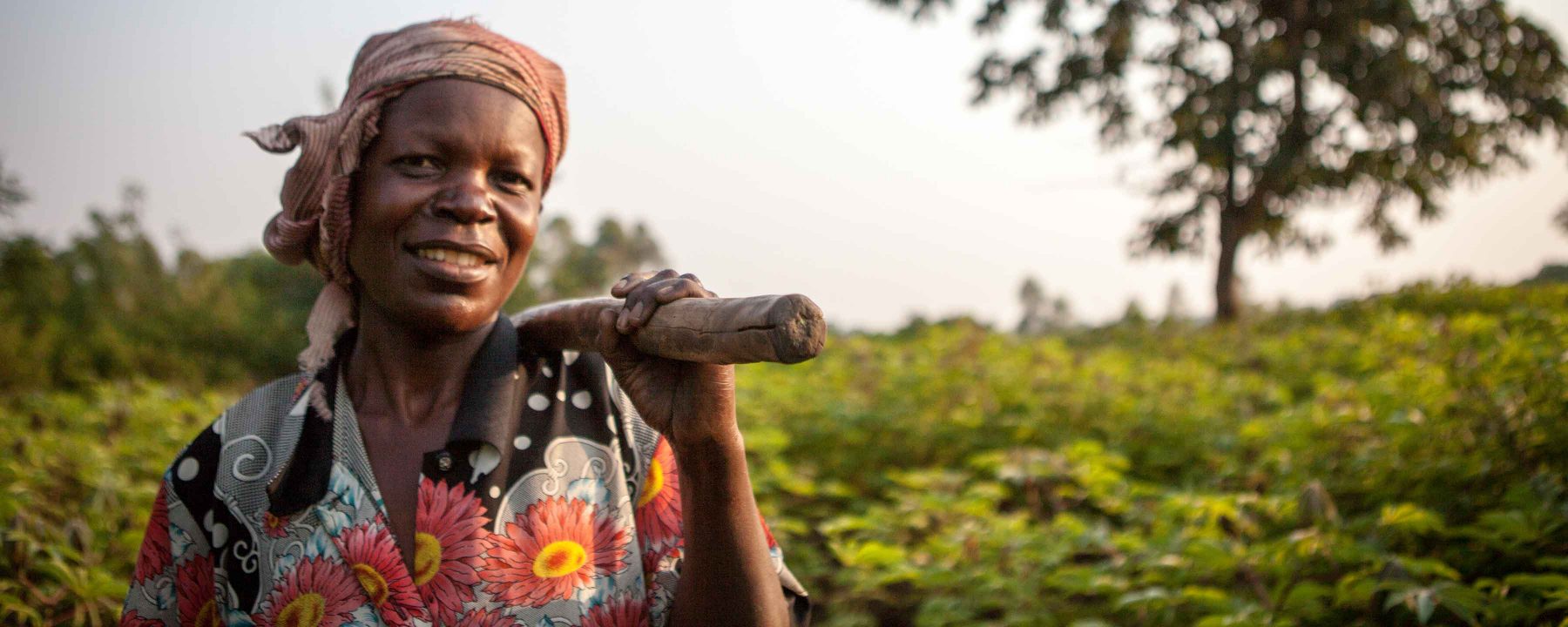Featured Story From Uganda
Improving Nutrition Through a Village Shop
“While the main driver of bean purchases is their high yield, when I mention to my customers the health benefits, they decide to order more.”
Nakyanzi Ruth, local seed farmer

Since 2011, Feed the Future has worked in 38 districts in the Northern, Eastern and Southwestern areas.
Number of people living in Feed the Future target regions (Feed the Future Survey, 2019)
Annual GDP growth; agriculture accounts for 21.9 percent of added value (World Bank, 2019)
Percentage of population living in rural Uganda (World Bank, 2019)
Percentage of stunted children under the age of 5 living in Feed the Future target regions (Feed the Future ZOI Survey, 2019)
Percentage of people living in poverty in Feed the Future target regions (Uganda National Household Survey, 2019)
Producers using new technologies and practices with Feed the Future’s help in FY21
Children under 5 reached with nutrition help in FY21
Annual agricultural sales generated by Ugandan farms and firms reached by Feed the Future in FY21
Reduction in wasting in children under the age of 5 in the areas where Feed the Future has worked between 2012 and 2015
Hectares tended with improved technologies or management practices in FY21
Over the past 15 years, Uganda has reduced poverty faster than most other countries in Africa, and the percentage of the population living on less than $1.90 per day has fallen from about 64.9 percent to 41.5 percent between 2002 and 2016.
Approximately 80 percent of Ugandans are under the age of 30. Increasing agricultural productivity and providing employment for this rapidly growing young population is critical to Uganda’s development. Feed the Future’s approach supports relationship-building, market development to improve nutrition, income generation and strengthened resilience.
Rapid population growth in Uganda has caused malnutrition rates to remain high and has tempered other economic gains. Feed the Future focuses on sectors that have high profit margins, are accessible and provide nutritious benefits. Feed the Future integrates agriculture and nutrition investments to enhance cognitive and physical development, increase economic productivity, strengthen resilience and advance global development. For more information, please view the Nutrition Priority Countries.
Feed the Future prioritizes investments that have the best potential to improve the livelihoods of a wide range of people in the food system, including the most vulnerable and extremely poor. Feed the Future also unlocks opportunities where systemic change is needed by focusing on services that are important to multiple value chains, including agriculture inputs, processing and research.
For example, Feed the Future, the Ministry of Agriculture, Animal Industries and Fisheries and the Uganda National Bureau for Standards implemented a new e-verification system that uses tags to mark authentic agricultural inputs as non-counterfeit. Uganda suffers from nearly $1.5 billion in estimated losses each year due to counterfeit inputs. This system gives farmers the confidence to buy improved inputs, such as seeds and fertilizer, knowing that their purchases are guaranteed by the government; further, private input firms now purchase the tags for placement on their products.
Feed the Future provides training and support across the food system in Uganda and leverages public and private investments to reduce poverty. Feed the Future also continues: the improvement of crop genetics; bio-fortification; and integrated pest and disease management for crops like cassava, coffee, sorghum and beans, and livestock like indigenous chicken. As part of this effort, Feed the Future expanded seed stocks, conducted market studies and established strategic partnerships and systems to commercialize seed varieties.
Rapid population growth in Uganda has caused malnutrition rates to remain high and has tempered other economic gains. Feed the Future focuses on sectors that have high-profit margins, are easily available and provide nutritional benefits.
These results reflect information from the U.S. Agency for International Development, U.S. Department of Agriculture, U.S. African Development Foundation and Peace Corps, reported into Feed the Future’s central monitoring system for the fiscal year 2020 (FY20). For more information on the indicators above, please view our Feed the Future Indicator Handbook. All dollar amounts are listed in U.S. dollars.
Feed the Future supports the following programs, partnerships and organizations in Uganda.
November 29, 2018
February 7, 2017
May 19, 2015
December 1, 2011
“While the main driver of bean purchases is their high yield, when I mention to my customers the health benefits, they decide to order more.”
Nakyanzi Ruth, local seed farmer

